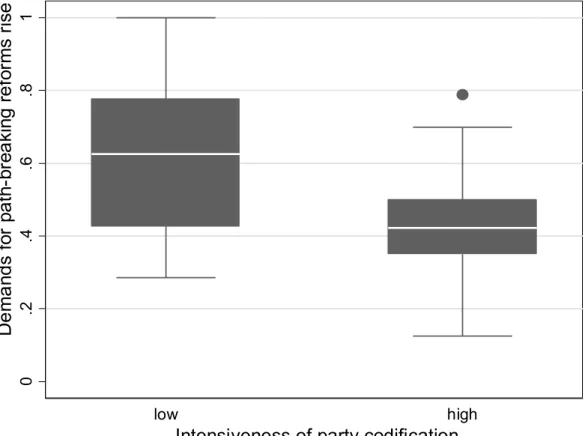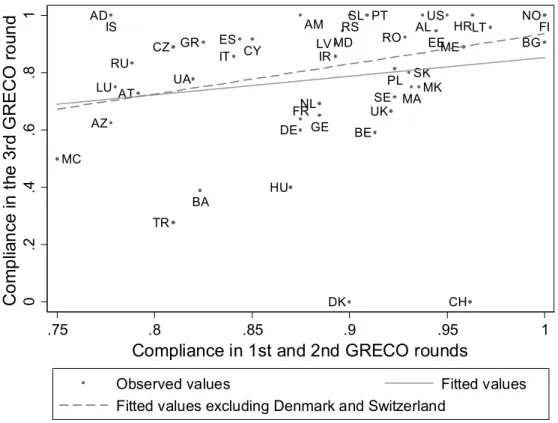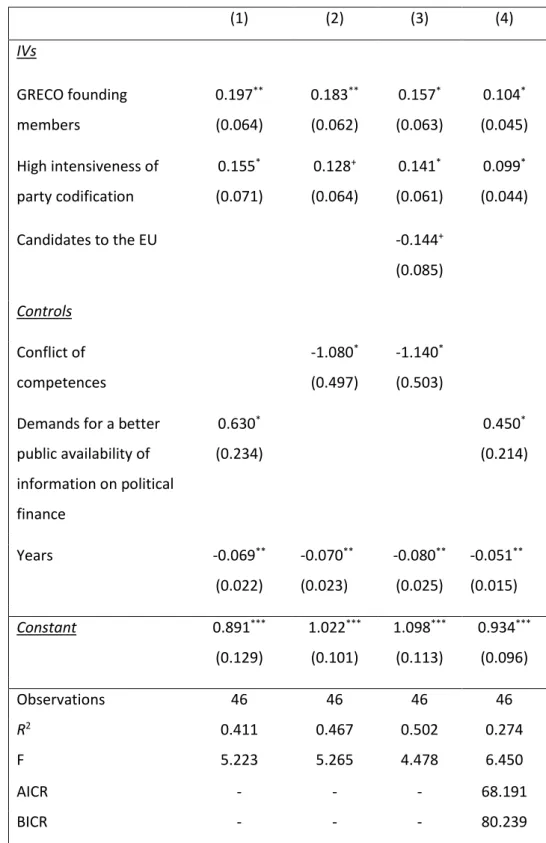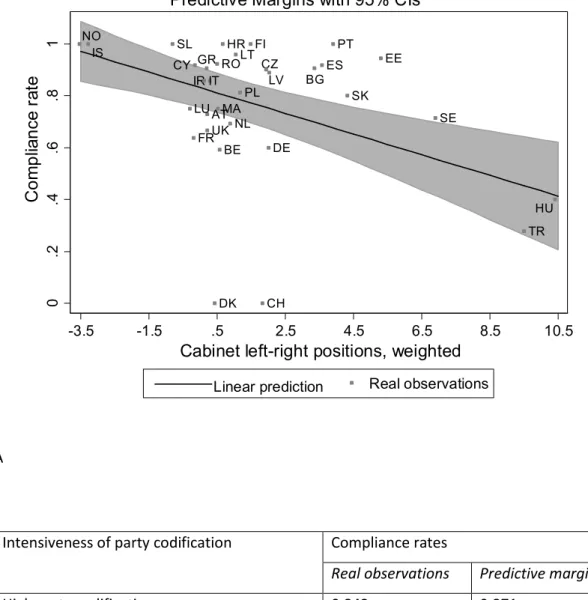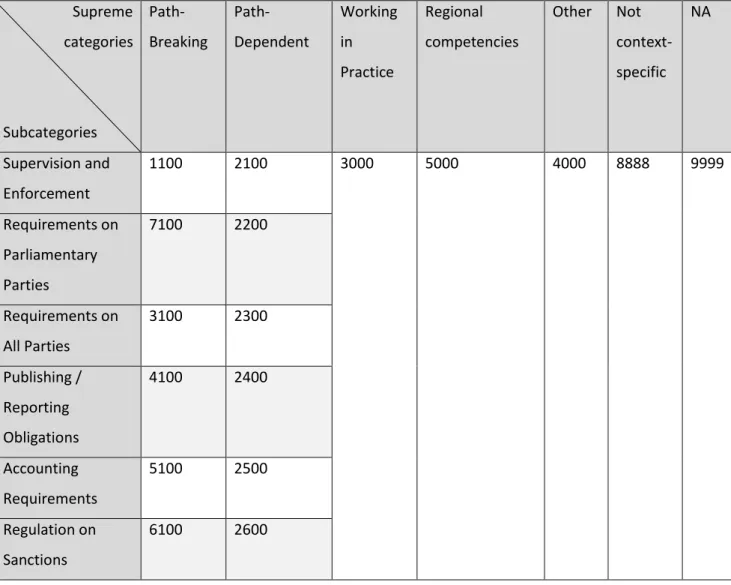Anti-Corruption Regulation of Political Finance and Conflict of Interest
Volltext
Abbildung
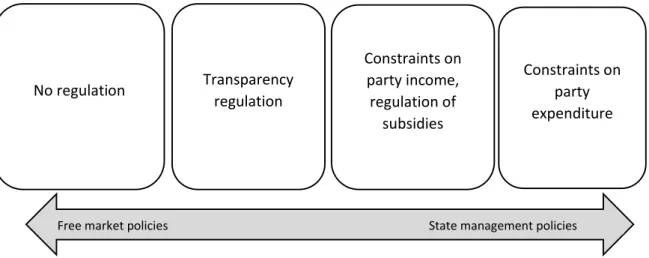
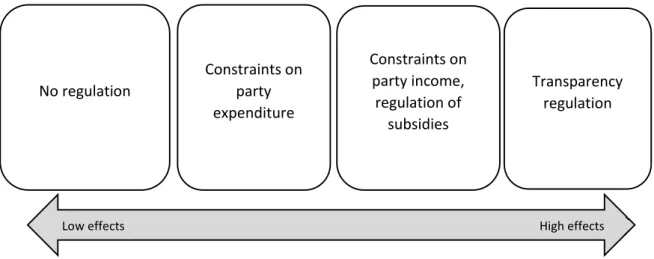


ÄHNLICHE DOKUMENTE
If this level is sufficiently high (a notion to be made more precise in Proposition 4), then the elimination of financial markets brings about an expansion in the number of
Majone (1994, 1996) indeed describes the regulatory state as a reaction to and shift away from redistributive welfare and macroeconomic policy and public own- ership toward
Secondly, while certain conditions external to E-business companies may improve their ability to create value, they can threaten companies’ ability to appropriate
This aim of this paper has been to explore the impact of political-regime channels on financial intermediary dynamics of depth, efficiency, activity and size, conditional on
Although research on political parties has made some progress in the last decade there is still little empirical knowledge on party organisation, social anchorage, party
We find that in democratic OECD countries voters have the political power to make sure that the in-kind share of social transfers is higher when there are higher levels of
This is a point that was made by my mentor, Samuel Huntington, in his classic book Political Order in Changing Societies, back in 1968, where he said that before you can limit
5 The Muslim Brotherhood, for example, recently highlighted on their official website an article by Germany’s Foreign Minister, Guido Westerwelle, in which he compares the
